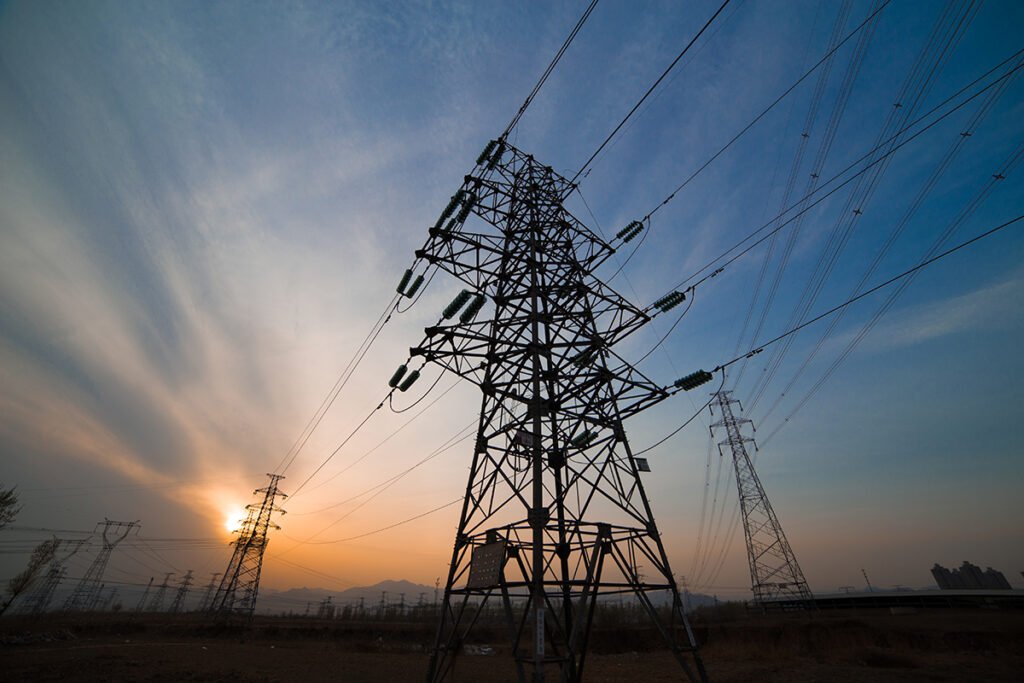Have you seen the recent news about China?
Recently, there is a widespread power shortage in China, and many enterprises and factories have been affected. Especially for export-oriented companies like us, as we are now close to Christmas and New Year’s Day, we have a lot of orders to be produced and delivered before the holidays, and the power outage has extended the lead times of our orders.
There are two main reasons for the power shortage.

Coal production is limited, the electricity demand is greatly increased
In order to cope with climate change, China put forward “carbon dioxide emissions strive to peak by 2030, and strive to achieve carbon neutrality by 2060” and other solemn goal commitments. In this year’s government work report, “doing a good job in achieving emission peak and carbon neutrality” is listed as one of the key tasks in 2021.
Emission peak and carbon neutrality
As a result, the government proposed a double control on energy consumption, i.e., to control the total amount of energy consumption and consumption intensity.
Large energy consumers like coal companies have to limit their production capacity, but 70% of China’s electricity supply is coal-fired electricity, and coal-fired electricity basically has to burn coal.
During the epidemic, our country is the fastest to resume work and production, this year, the global manufacturing orders are basically back to China, which led to a surge in electricity consumption. The growth rate of electricity consumption is probably around 8% for the whole year.

If the growth rate of electricity supply continues to be lower than the growth rate of electricity demand, power restrictions are likely to become a regular occurrence in some areas
70% of electricity from coal-fired, wind and solar power supplies are unstable
At present, China’s installed capacity of coal-fired power is from the past 70% to 56.6%, but the need to supply electricity reached 71.8%.
While the installed share of wind and solar power has reached 24%, the current output accounts for about 10% of power generation because wind and solar power supplies are unstable.
Coal prices rose
In addition, this year, the coal prices rose sharply, from about 70 US dollars per ton at the beginning of 2021 to a record high of 170 US dollars per ton.

The price of electricity rose as well.
The impact on production factories is longer lead times and higher costs.
Our factory recently received a notice from the national grid about power restrictions. The notice said that there would be no power supply during the day, so the factory could not produce during the day.
Longer lead times
We can’t work during the day without electricity, and now our workers and machines work five days a week at night, with another two days off a week.
In the past, our workers and machines would have to work both day and night shifts. The electricity restrictions have cut our factory’s productivity in half, and with it, the lead time of our keychains and nail clippers has doubled.

Higher costs for both exporters and importers
In addition, the expected increase in electricity prices will push up our manufacturing costs, which in turn will increase our foreign customers’ purchasing costs.
So, here is a friendly reminder that foreign customers need to place orders earlier than in previous years when planning their orders, as well as increase their purchasing budgets.

